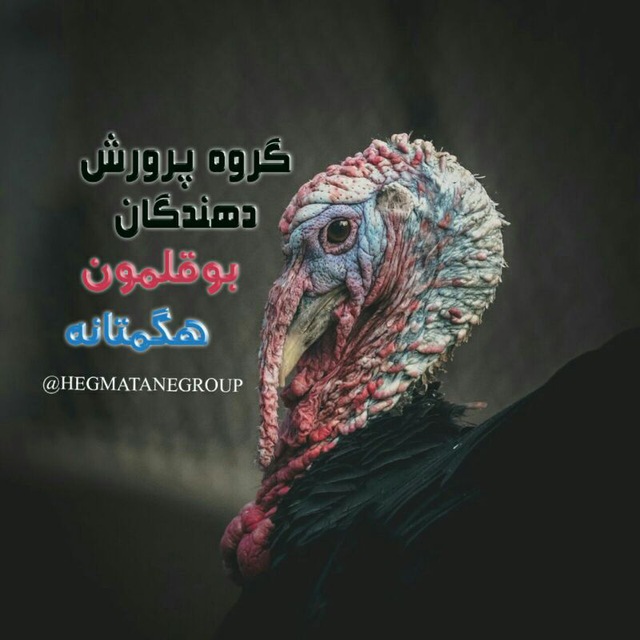Bird body structure:
Birds are warm-blooded vertebrates that evolved from reptiles.
The body covering of birds consists of feathers, skin and a covering tissue. Feathers are made of a protein called keratin that helps maintain body temperature. Feathers make up 4 to 6% of body weight.
The color of the feathers has a genetic cause as well as sex hormones. The pineal gland is located in the back of the tail, which causes the secretion of a waxy substance on the feathers, the legs are covered by scales, and the yellow color of the legs depends on the diet.
Poultry skin does not have sweat glands and birds cannot sweat. The amount of skin color depends on the nutrient xanthophyll and the intensity of egg laying.
The skeleton of the bird is responsible for the maintenance of the body, the broad bone of the chest is known as the sternum. The bones of the skull, arm, chest, clavicle, and some of the bones of the vertebral column are hollow and are connected to the respiratory system, and air moves inside these bones.
Most of the bones are light but strong. Birds have red and white muscles. In birds, the leg muscles are darker because they are under pressure when standing.
Respiratory system:
Birds are composed of nasal cavities, larynx, trachea, acoustic skull, bronchi, lungs and air sacs. Birds have four pairs of air sacs and one single air sac. The lung is the main responsible for breathing and the rate of breathing is regulated by blood. And with the increase of carbon dioxide in the blood, the rate of breathing increases. The number of breathing cycles of a resting bird is 15 to 25 cycles per minute.
Digestive system:
Birds do not have lips, soft steps and cheeks. But instead, they have a horn-shaped upper and lower jaw.
The upper jaw is connected to the skull and the lower jaw is movable. When a bird drinks water, it first collects the water in its mouth, then by raising its head, it causes it to pass into the esophagus. The two jaws of the bird are called the beak. The bird-shaped dagger tongue has a rough back surface and in this way it helps the passage of food through the esophagus, the passage of food through the mouth is very fast.
Mary:
It is a tube-like path through which food particles are transported from the end of the mouth to the upper part of the stomach.
Layered:
Before the food enters the body cavity from the esophagus, it enters the stratum corneum. In this place, little digestion takes place.
Prestomach:
The enlargement of the esophagus immediately before connecting to the esophagus is called pre-stomach. And hydrochloric acid and enzymes are secreted by its glands. And the food passes through this place quickly.
Singdan:
The same stomach is muscular and has two pairs of strong muscles and has very thick mucus and contracts when food enters.
Small intestine:
Its length is about 1.5 meters. The first part is the duodenum and it is located inside the duodenum of the pancreas. Pancreatic enzymes include amylase, lipase and trypsin.
Cecum:
It is located between the small intestine and the large intestine. And it has little digestion. And it absorbs a small amount of water and some bacterial activities take place in it.
Colon:
It is 10 cm long in an adult chicken. And its diameter is twice the size of the small intestine and ends up to the cloaca. The large intestine is where water is absorbed.
Cloak:
The onion-shaped area is the common outlet for urine and feces.
Denominator:
It is located after the cloaca and its size depends on egg production or not.
Urinary system:
It includes two kidneys and each kidney has a price. The main part of bird’s urine is uric acid, which is mixed with feces in the cloaca and forms a pasty white substance.
Chicken blood pressure is 140-160 mm Hg and rooster blood pressure is 180-195 mm Hg.
This post is written by None
